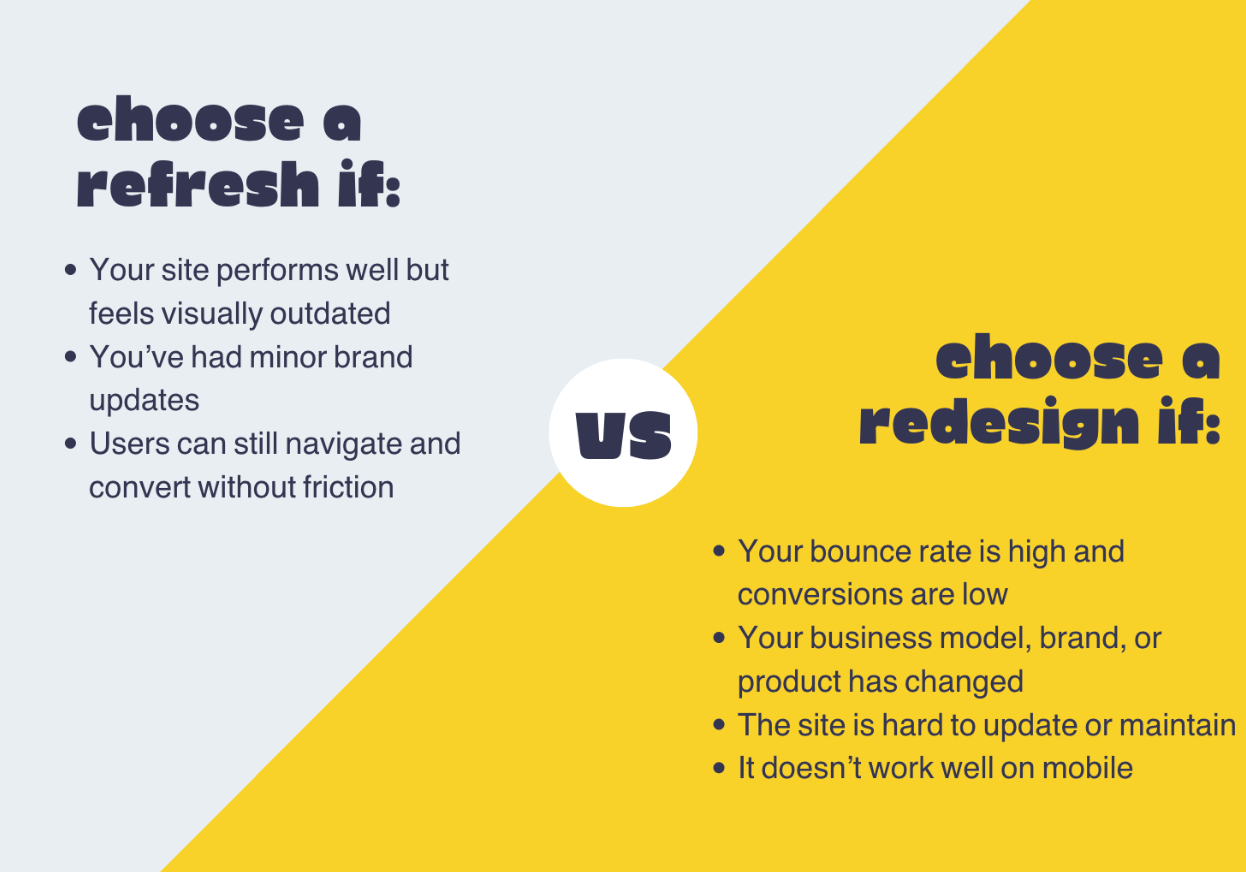A Complete Guide to Outbound Marketing

In a dynamic business landscape, a well-executed outbound marketing strategy remains a potent force for customer acquisition. But how can you make the most of this marketing approach? Don’t worry – we’re here to help you! We did thorough research with the finest web design and development experts, and this comprehensive guide to outbound marketing will illuminate its core principles, channels, and potential, assisting you in harnessing its power effectively.
Decoding Outbound Marketing
Outbound marketing, often associated with traditional methods, is a proactive approach to engaging potential customers. It’s about stepping out from behind the brand and reaching out to consumers, speaking directly instead of waiting for them to find you. Outbound marketing isn’t about passively hoping your audience stumbles upon your content; it’s about actively presenting your message where they are most likely to see it.

It’s essential to distinguish outbound marketing from its counterpart, inbound marketing. While inbound tactics aim to draw customers in, often through organic search and content marketing, outbound marketing takes a more assertive stance. The arsenal is broad and diverse, from direct mail to telemarketing and TV ads to modern digital techniques.
Channels: The Outbound Marketing Arsenal
Outbound marketing reaches out across various avenues to connect with potential customers. Each channel has a unique appeal and approach, helping brands build broad yet specific outreach. Exploring these conduits can help you understand their potential and how they fit into your outbound marketing strategy.
Broadcasting Your Brand: Traditional Media
TV, radio, and print ads – the stalwarts of traditional media – have a vast reach, connecting with a wide demographic. They are especially effective in an outbound marketing strategy targeting a broad and diverse audience. Despite the rise of digital platforms, many people still regularly consume traditional media, making these channels a vital part of your marketing mix.
Direct Engagement: Direct Mail
Direct mail involves sending personalized letters, brochures, or product samples to the customer’s doorstep. It’s a more personal, tangible form of marketing that appeals directly to the customer. In an era of digital overload, a well-crafted piece of direct mail can stand out, making it a powerful tool in your outbound marketing strategy.
Voice of Your Brand: Telemarketing
Telemarketing involves reaching out to potential customers over the phone. It offers an opportunity for direct and immediate interaction, enabling your brand to engage personally with customers. Telemarketing can be highly effective if executed carefully, providing a personal touch to your outbound marketing campaign.
The Email Approach: Email Marketing
Email marketing, one of the most cost-effective marketing channels and a crucial aspect of managing the sales pipeline allows brands to send targeted messages to specific demographics. It also provides a precise way to track potential buyers, offering actionable insights based on user behavior. Moreover, used in an outbound marketing strategy, it’s an efficient method to maintain regular contact and nurture leads, fostering long-term relationships with potential customers.
In-person Impressions: Trade Shows and Events
Trade shows and events provide a platform for direct interaction with your audience, offering immediate feedback and genuine reactions. These platforms help humanize your brand, making it more relatable and memorable. In an outbound marketing context, they play a crucial role in fostering connections and cultivating relationships, proving the power of a handshake or a face-to-face conversation.
Digital Outreach: Online Advertising
A key part of modern outbound marketing is online advertising encompassing PPC, display, and social media ads. It targets customers who spend a significant part of their time – online. Online ads can be highly targeted, personalized, and adjusted in real-time based on performance, making them a potent and flexible tool in an outbound marketing campaign. Don’t hesitate to collaborate with influencers and take advantage of your social media platforms.

Constructing a Winning Outbound Marketing Strategy
Crafting an effective outbound marketing strategy involves several crucial steps. It starts with comprehending your target audience. Understand their needs, preferences, and pain points to craft compelling, resonant messages. After all, there’s no denying the importance of customer experience in today’s business landscape.
Next, choose the right mix of channels. Each has strengths; your choice should align with your audience’s media consumption habits. A diversified approach helps you reach a wider audience, increasing chances for conversions.
Moreover, while outbound marketing may seem diametrically opposite to inbound marketing, they can – and should – work synergistically. A successful marketing strategy often involves balancing both, reaching out to prospects while drawing them in.
Measuring Your Success
Once your strategy is in motion, measuring its effectiveness is essential. KPIs, such as conversion rates, cost per lead, and ROI, provide valuable insights. Moreover, digital analytics tools can precisely track potential buyers, revealing patterns and trends in customer behavior.
However, data alone doesn’t tell the entire story. It’s how you interpret and act on it that determines your success. Regularly reviewing and tweaking your strategy based on your findings is key to ongoing improvement and success.
Looking Ahead: The Outbound Marketing Horizon
The future of outbound marketing lies in embracing emerging trends and technologies. AI is beginning to shape the landscape, enabling personalized automation at a scale never seen before. Furthermore, coupled with advancements in data analytics, the future is bright for outbound marketing.
Parting Thoughts
Outbound marketing is a time-tested strategy for customer acquisition. Its multifaceted nature offers a range of channels to connect with and appeal to potential customers. When executed strategically, guided by data, and optimized based on performance, it is a potent tool in a marketer’s arsenal. Thus concludes our guide to outbound marketing, a beacon for those embarking on the journey to effectively connect with their ideal customers.



















